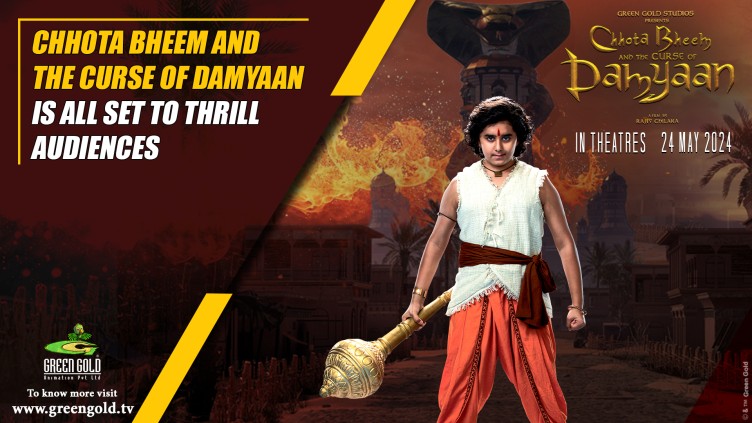

The world of 3D animation is a realm where creativity meets technology. Yet, behind the mesmerizing visuals lies a meticulously crafted process that often goes unnoticed by the audience. Contrary to popular belief, producing a 3D animation requires a systematic process called the 3D animation pipeline in addition to the talented animators.
But what exactly is an animation pipeline? It's a well-coordinated system of people, hardware, and software working in tandem to bring a 3D animation project to life. Think of it as a production process for crafting great animated stories, whether a game trailer, a feature film, or a commercial video.
A strong pipeline is the beating heart of any animation company, coordinating the combination of imagination and technology. Now let's explore the elements of this pipeline and unveil the steps that culminate in the production of amazing 3D animations.
Pre-production: Laying the Foundation:
Pre-production is a critical stage where ideas take shape and preparations are put into action before the magic happens. The design team, which is in charge of conceptualizing the plot and characters, and the management team, which is in charge of creating the production schedule, are the two main teams involved in this phase.
Idea Generation: Every great animation starts with a spark of inspiration. From this seed, a compelling story begins to unfold, laying the foundation for the entire project.
Story Creation: Ideas are refined into a cohesive narrative, fleshing out characters, conflicts, and key plot points. It's the blueprint that guides the animation process.
Script Writing: Translating the story into a formal script, detailing character actions, dialogue, and scene descriptions.
Storyboarding: Visualizing the script through a series of static panels, akin to a comic book, mapping out key scenes and camera angles.
Animatic: Bringing the storyboard to life through a rough, animated version, setting the pacing and timing for the final animation.
Design: Giving form to ideas, with concept art defining the visual style, character designs, and environmental aesthetics.
Mark your calendars and get ready to join Chhota Bheem and his friends on an unforgettable journey that will capture your imagination and touch your heart. "Chhota Bheem and the Curse of Damyaan" is set to be an unmissable cinematic event that promises fun and excitement for the whole family.
Production: Bringing Imagination to Reality:
With the groundwork laid, it's time to breathe life into the animation. This stage transforms concepts into tangible assets, from 3D models to intricate animations.
3D Modeling: Crafting detailed 3D models of characters, props, and environments, using specialized software like Maya or 3Ds Max.
3D Texturing: Adding surface details and textures to models, enhancing their realism and visual appeal.
3D Rigging: Creating a skeletal structure within models, enabling animators to manipulate them with ease.
3D Layout: Translating the 2D animatic into a rudimentary 3D environment, establishing spatial relationships and basic movements.
3D Animation: Breathing life into characters through movement, a painstaking process that imbues them with personality and emotion.
VFX: Enhancing visual elements such as hair, fur, and environmental effects, adding depth and realism to the animation.
Lighting: Setting the mood and atmosphere of scenes through careful manipulation of light and shadow.
Rendering: Rendering each scene into multiple layers, ready for compositing in the next stage.
Post-production: Putting on the Finishing Touches
The final stage is where the magic truly happens. Post-production artists polish the animation, adding visual effects, fine-tuning colors, and preparing it for distribution.
Compositing: Assembling rendered layers into a cohesive whole, blending visuals seamlessly for the final output.
2D VFX: Adding additional visual effects such as sparks, dust, and weather elements to enhance realism.
Color Correction: Balancing colors and tones to ensure consistency across scenes, giving the animation a cohesive look.
Final Output: Packaging the finished animation into a digital format suitable for distribution, ready to captivate audiences worldwide.
In conclusion, the process of creating a 3D animation from a small idea to completion is challenging yet rewarding. Animation companies bring visions to life on film, enthralling viewers and sparking imaginations with a splash of creativity, expert workmanship, and painstaking planning. Thus, the next time you are in awe of a breathtaking 3D animation, keep in mind the tedious process that made it possible—the animation pipeline's artistry.